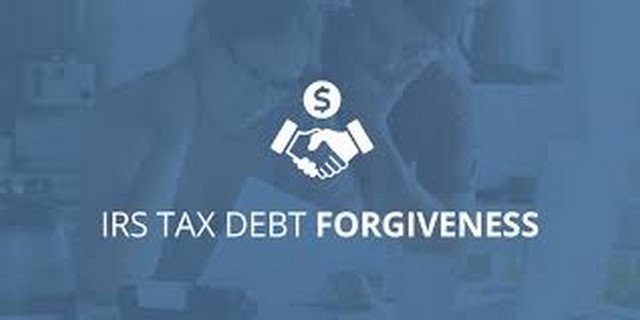IRS Tax Debt Forgiveness: Navigating Relief Options
Facing a substantial tax debt with the IRS can be overwhelming. Many taxpayers wonder if "tax forgiveness" is a possibility.
 |
| (Picture: paladinilaw.com) |
While the IRS rarely uses the term "forgiveness", they offer programs that can significantly reduce or settle your tax liability. Understanding these options is crucial for finding the most suitable solution.
Understanding the Reality: "Forgiveness" vs. Settlement
It's important to clarify that the IRS doesn't typically "forgive" tax debt entirely. Instead, they provide avenues for settling the debt for less than the full amount owed, or for extending payment terms.
These programs aim to help taxpayers become compliant while allowing the IRS to collect a portion of the outstanding debt.
Key IRS Relief Programs:
1. Offer in Compromise (OIC):
- This program allows you to settle your tax debt for less than the full amount owed.
- The IRS considers your ability to pay, income, expenses, and asset equity when evaluating an OIC.
- Eligibility requirements are stringent, and the application process can be complex.
- The IRS looks at your "Reasonable Collection Potential" (RCP) to determine if your offer is acceptable.
- For example: if your RCP is $10,000, and you owe $30,000, you could potentially settle for an amount near the $10,000 mark.
2. Currently Not Collectible (CNC) Status:
- If you're experiencing severe financial hardship, the IRS may place your account in CNC status.
- This temporarily suspends collection actions, but the debt continues to accrue interest and penalties.
- CNC status is not a forgiveness program; it's a reprieve.
- The IRS periodically reviews your financial situation to determine if you still qualify.
3. Installment Agreements:
- If you can't pay your full tax debt immediately, you can request an installment agreement.
- This allows you to make monthly payments over an extended period.
- The IRS offers various installment agreement options, including streamlined agreements for smaller debts.
- Interest and penalties continue to accrue until the debt is paid in full.
4. Penalty Abatement:
- You may be able to have certain penalties waived if you have a reasonable cause for failing to file or pay on time.
- Reasonable cause examples include illness, natural disasters, or reliance on incorrect IRS advice.
- Penalty abatement is not tax debt forgiveness, but it can significantly reduce the total amount owed.
5. Innocent Spouse Relief:
- If your spouse or former spouse improperly reported items or failed to report items on your joint tax return, you may be able to seek innocent spouse relief.
- This relief can protect you from liability for the portion of the tax debt attributable to your spouse's actions.
Navigating the Process:
- Gather Documentation: Be prepared to provide detailed financial records, including income statements, bank statements, and expense reports.
- Consult a Tax Professional: A qualified tax professional can help you understand your options, navigate the application process, and represent you before the IRS.
- Communicate with the IRS: Respond promptly to IRS notices and inquiries. Open communication is essential for resolving your tax debt.
- Understand your rights: The IRS has to follow specific rules and regulations. You as a taxpayer also have rights.
Key Considerations:
- Tax debt does not simply disappear. Proactive measures are required.
- Ignoring tax debt can lead to serious consequences, including wage garnishment, bank levies, and property seizures.
- It is crucial to understand that tax debt relief programs are complex.
- The IRS will always look at your ability to pay.
While "tax forgiveness" in the literal sense is rare, the IRS offers several programs that can provide significant relief for taxpayers struggling with tax debt. By understanding these options and seeking professional guidance, you can take control of your tax situation and work towards a resolution.

0 Response to "IRS Tax Debt Forgiveness: Navigating Relief Options"
Post a Comment